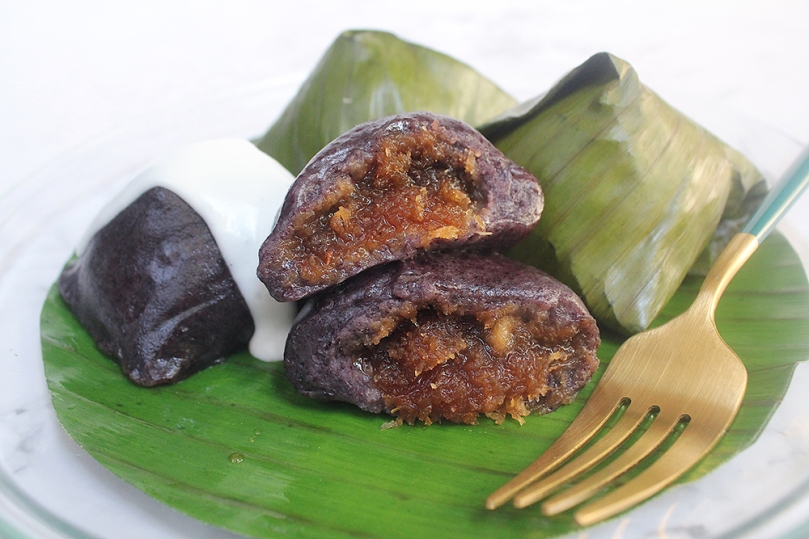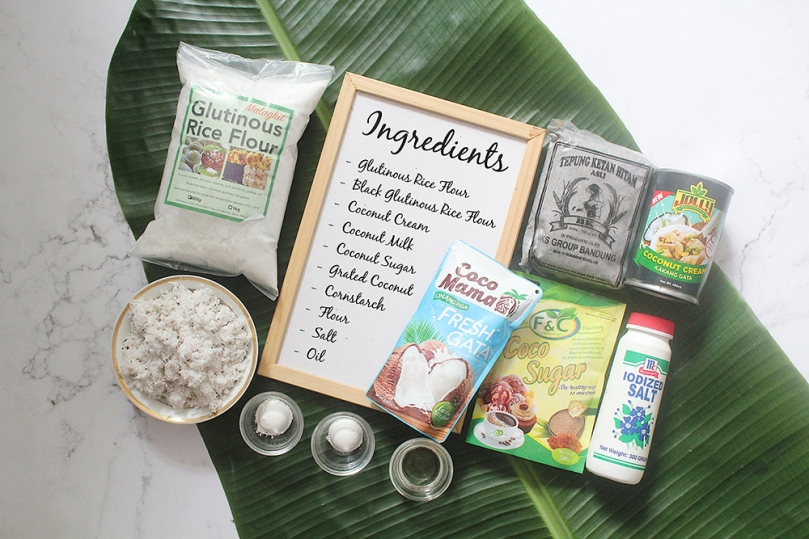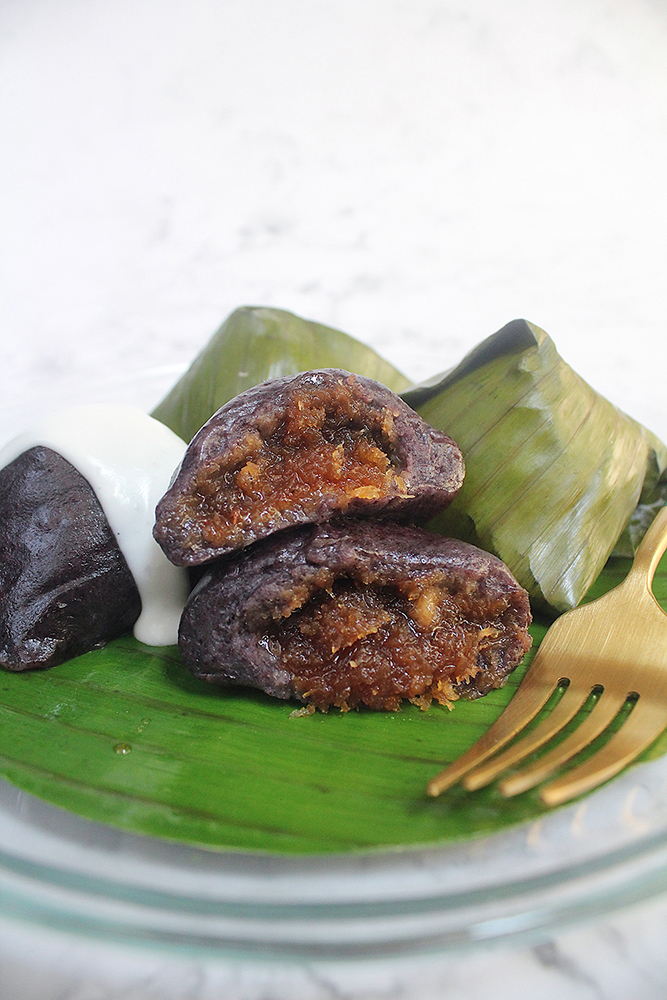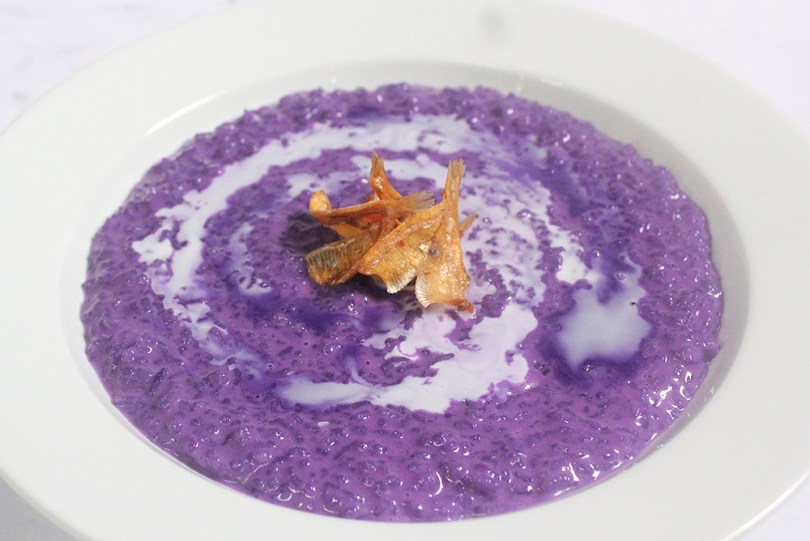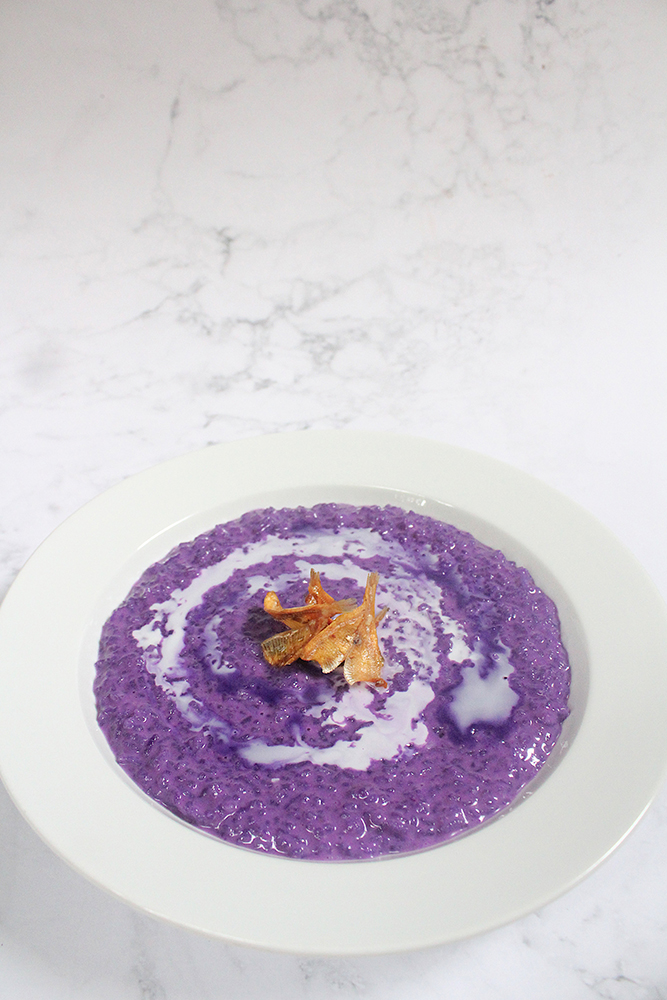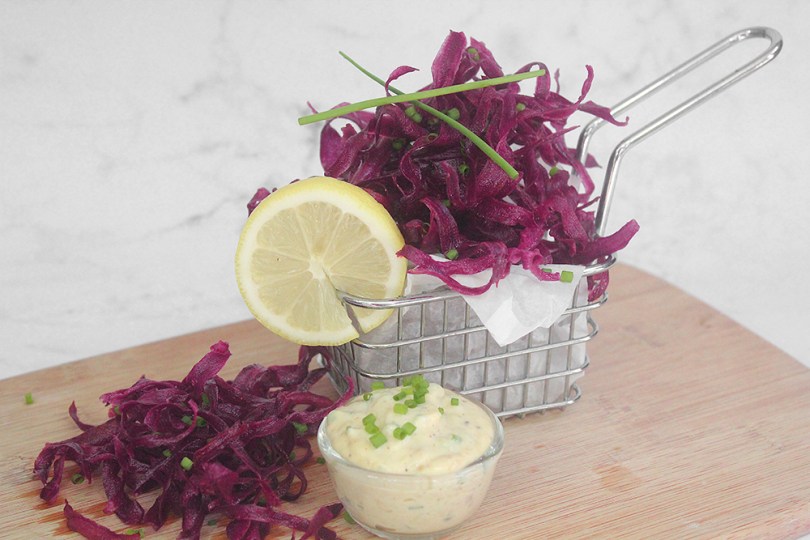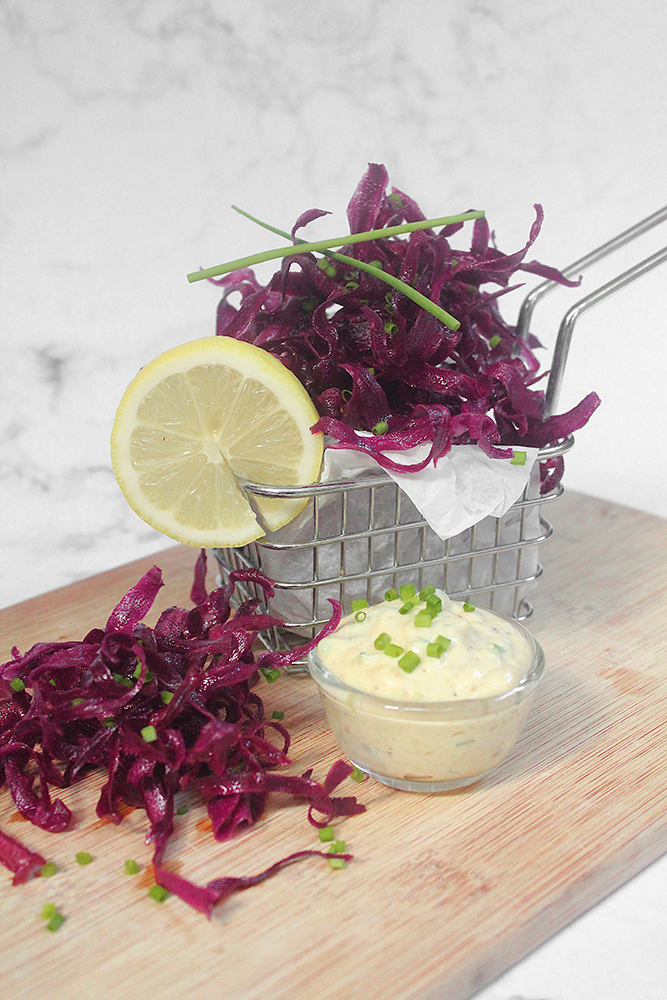Hello Everyone! Before we jump into a new colour theme for the month, I would just like to take this opportunity to thank each and every one of my Auguesters for sharing, not only their deliciously enticing recipes, but for also sharing their story and passion for food. Thank you to the new faces, and of course to the recurring guests over the years since I started the series. Check them out on the ‘Auguest’ tab above!
Moving forward, I just wanted to say that I initially had a different recipe planned out to share with you guys tonight, but it just so happened that one of my Auguesters had the same idea. Luckily, they sent their recipe in towards the end of July so I still had time to research and come up with a different recipe to share with you guys.
The Chinese Tea Egg is commonly sold as a snack by street vendors or in night markets in most Chinese communities throughout the world, and also served in many Asian restaurants. It is a typical Chinese savory food in which a boiled egg is cracked slightly and then boiled again in tea, and sauce or spices. It is also known as marble egg because cracks in the egg shell create darkened lines with marble-like patterns.

Chinese Tea Eggs are traditionally cooked twice; cooked until hard boiled the first time, and then cooked in a savoury marinade for several hours the second time around. The reason they are cooked for such a long time is that, as a street food, they need to be preserved when refrigeration is not available. Unfortunately, as someone who likes all eggs with a set white and runny yolk, be it boiled, poached, or sunny side up, this is a living nightmare for me. The end result is that the eggs end up extremely overcooked, with a rubbery texture.
So here’s a recipe that I found on Omnivore’s Cookbook by Maggie that works with whatever doneness you like. Whether soft, medium, or hard boiled, this recipe creates the most flavourful marbled tea eggs with a perfectly cooked texture.
Instead of boiling these eggs twice as per tradition, they are marinated in a savoury liquid that has been simmered first to release and incorporate its flavours into the liquid, and then cooled. The marinating liquid consists of bay leaves, star anise, cinnamon sticks, black peppercorns, chillies, and instead of black tea, I’ve decided to put a little twist to these eggs and use butterfly pea flowers to give it that blue hue. This way your eggs will be cooked to the tenderness you like and still retain all the beautiful and rich flavours of a traditional Chinese Tea Egg. Also, because I want to achieve its blue hue, I’ve had to omit using soy sauce for this recipe. Instead, I’ve replaced the soy sauce for fish sauce to still achieve the saltiness for the eggs.

PREP TIME 15 MINS | COOKING TIME 15 MINS | MAKES 12 EGGS
Additional of up to 24 hours for marinating the eggs.
INGREDIENTS
- 12 large free-range eggs*
For the marinade
- 2 & 1/2 cups water
- 3 tbsp fish sauce
- 3 whole cloves
- 2 bay leaves
- 2 red bird’s eye chillies
- 2 star anise
- 1 small cinnamon stick
- 2 tbsp dried blue butterfly pea flowers
- 2 tsp sugar
- 1 tsp black peppercorns
- 1 tsp salt
* If your eggs have been stored in the refrigerator, it is important to bring your eggs to room temperature before cooking them as they are much less likely to crack in the hot water. Let them sit at room temperature for about 20 to 30 minutes. In addition, yes I am aware that the photo above only shows 7 eggs. I initially wanted to make a dozen eggs for this recipe, but when I took the carton of eggs out of the fridge when making this recipe, there were only 7 eggs left. Nevertheless, the recipe below is good for a dozen eggs.

METHOD
- Mix all the marinade ingredients in a small to medium-sized pot. Cook over medium heat and bring to a boil. Once boiling, turn the heat down to medium-low and simmer for about 10 minutes. Remove the pot from the stove and leave to completely cool down.
- To boil the eggs, heat a medium-sized pot of water (enough to cover all the eggs) over high heat until boiling. Once boiling, turn the heat down to low and carefully place the eggs in the pot using a ladle to prevent them from cracking.
- Depending on your preference, boil for 5 minutes for soft-boiled eggs, 7 minutes for medium eggs, or 10 minutes for hard-boiled eggs.
- While the eggs are cooking, prepare an ice bath** by combining ice and tap water in a large bowl. Once the eggs are cooked, immediately transfer them to the ice bath to cool for 2 to 3 minutes.
- Gently crack the eggs using the back of a spoon. You want to make sure the egg shells are cracked enough so the marinade will seep into the interior, without cracking the eggs apart (especially if you made soft-boiled eggs). If you’re in a hurry, you can also completely peel the eggs and marinate them.
- Transfer the eggs to a quart-size ziplock bag***, then carefully pour in the cooled marinade liquid together with the other spices (discarding the flowers). Marinate overnight for peeled eggs, or up to 24 hours for cracked “marble” eggs.
- When ready, peel the eggs and enjoy them cold or at room temperature, as it is or as an accompaniment to other dishes i.e. top it on a bowl of simple noodle soup or on some steamed rice. You will feel such happiness when you bite into the savoury creamy egg yolk.
- You can store leftover eggs in the marinade for 4 to 5 days in the fridge. The marinade will help with preserving the eggs. Note that the eggs will become more flavourful and saltier over time.

Notes:
- ** The ice bath will cool the eggs quickly and stop the cooking process. The ice water will also cause the egg to contract and pull away from the shell, which will make it easier to peel.
- *** This recipe uses a quart-size ziplock bag to marinate the eggs, so you won’t need as much marinating liquid. Double the amount of marinade if you’re planning to marinate the eggs in a container.
- The tea egg marinating liquid, if stored properly, can be used more than once. If you plan to do so, make sure to use a clean spoon to remove the eggs from the liquid. Boil the liquid and let it cool again the next time you use it.
- If you’re making soft boiled tea eggs, let them marinate a bit longer, for two to three days. The egg yolk will start to get thicker and turn a beautiful light brown colour. It’s so creamy and bursting with flavour.

BON APPÉTIT
– Ally xx























